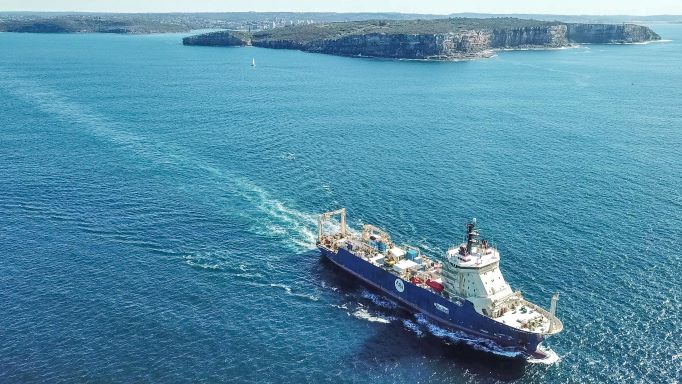Objectives
This project aims at designing an intelligent and comprehensive monitoring and data processing system for predictive maintenance and protection of infrastructures at the marine environment and the land-sea interface, to be used by different socioeconomic sectors. The main goal of the project is to provide tools for an integrated and resilient management of critical marine infrastructures.
The objectives of the project entail innovation and will enable the transformation and innovation of the sector in a climate change environment. They are aligned with the green transition EU objective by promoting intelligent and sustainable productive models. They also align with the goals of the United Nations, which has declared the 2021-2030 period as the Decade of Ocean Sciences for Sustainable Development.
The activities proposed in this project contribute to the EU environmental objectives:

PSI project reference PLEC2021-007875 funded by the Spanish Ministry of Science and Innovation MCIN/AEI/10.13039/501100011033 and by the European Union NextGenerationEU/PRTR program.

General objectives
1. Development of efficient DAS technology for underwater measurements.
- Extending the reach of current DAS technology to meet the current typical underwater repeater spacing (80-100 km).
- Achievement of efficient strategies for low-frequency noise reduction.
- Development of methods for efficient DAS data storage and archiving using Artificial Intelligence.
- Study of a feasible DAS and repeater architecture for its use in the upcoming deployment of the MEDUSA submarine cable system in the Mediterranean.
2. Fatigue and lifetime analysis of underwater cables using long-term strain series. Development of guidelines for optimization of cable deployment. Monitoring optimization via use of high-resolution distributed sensing.
- Study of lifetime degradation and events that can point to early cable fatigue.
- Laboratory simulation of fatigue and stress.
- Developing algorithms capable of detecting early degradation signs.
- Implementation of algorithm and creation of early warnings for maintenance.
3. Development of efficient artificial intelligence for the early warning of anthropogenic threats relevant for the cable integrity
- Generating of a comprehensive dataset of relevant events.
- Development of robust techniques for efficient data augmentation.
- Acoustic characterization of vessels and other marine vehicles.
- Developing algorithms for efficient detection and classification of events.
4. Characterization of natural events through the acquisition and near real-time processing of submarine DAS data.
- Detection, location and characterization of underwater seismic events.
- Detection, location and characterization of submarine landslides and turbidites.
- Characterization of oceanographic processes.
- Detection and tracking of marine mammals.
Key Aspects
In the last decade, distributed acoustic sensors (DAS) have evolved from an experimental technology to a clear alternative to much more expensive single point monitoring systems, which are often unable to offer the same performance as DAS systems.
We are currently at the optimum point of development of this distributed monitoring technology in order to evolve it towards an application as important as the monitoring of the submarine fibre optic cable. Throughout the PSI project, the partners aim to develop interrogation prototypes based on DAS technology, capable of detecting and identifying threats that could endanger the integrity of these infrastructures.
The UAH and ICM-CSIC groups, based on its proven experience, will develop and integrate new signal generation, filtering, detection and processing techniques in developments designed to detect the most common types of threats in these deployments, in an underwater environment. They will also develop software for the identification and recognition of these threats using artificial intelligence techniques.
The participation of AFR-IX telecom, which will provide access to different submarine cable infrastructures, with different types of cable and cable deployment, is essential for this. This experience will make it possible to generate a suitable database to feed the self-learning process of the system. APL, which is currently one of the manufacturers of DAS systems, will develop prototypes of these interrogators integrating new developments resulting from research and testing.

